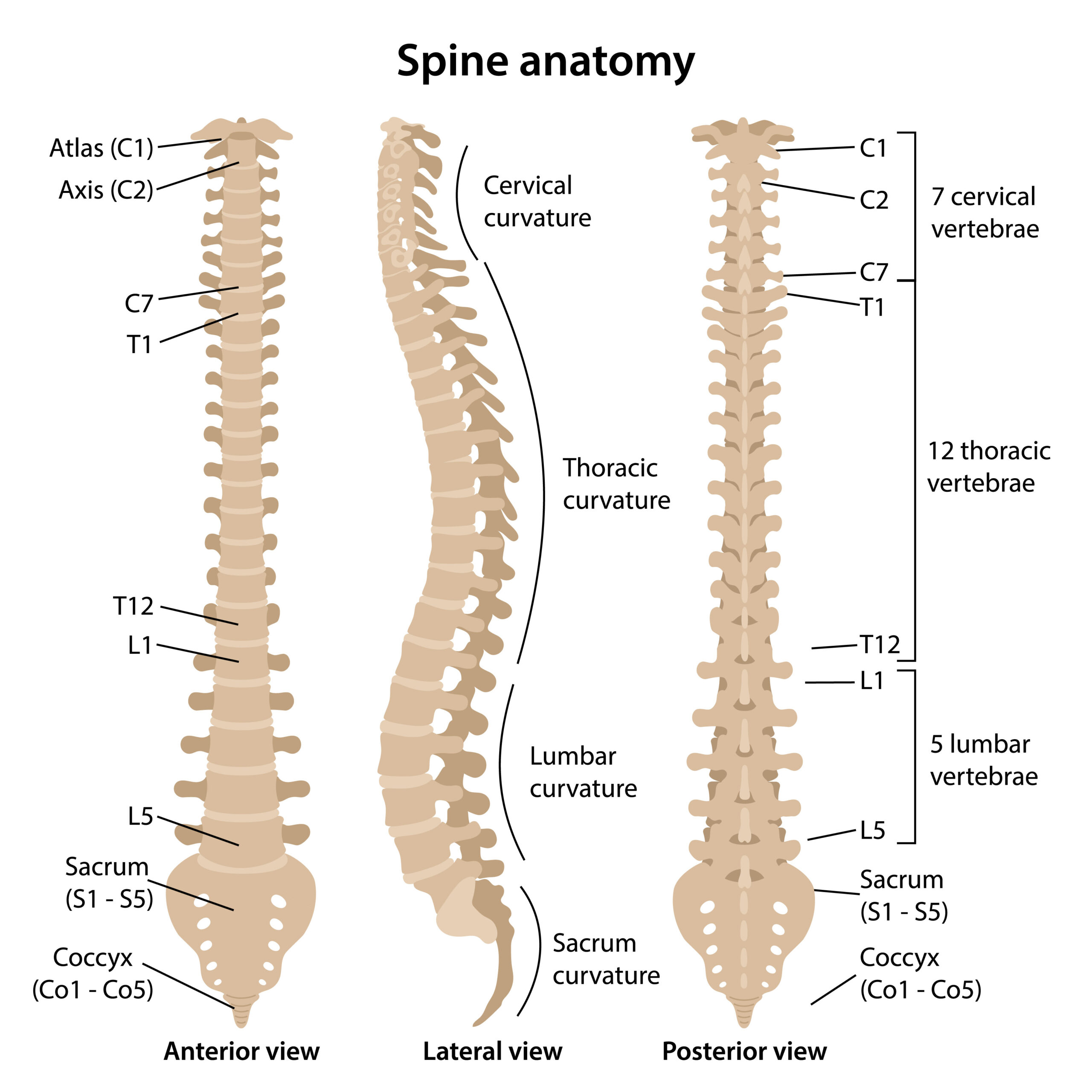Formula for Calculating Mean Arterial Blood Pressure
ACLS Certification Association videos have been peer-reviewed for medical accuracy by the ACA medical review board.
Article at a Glance
- Mean arterial pressure is used as a guideline in sepsis treatment.
- The formula for MAP = (SBP + 2 x DBP) / 3
- Desired is MAP > 60.
The formula we use to calculate a MAP is: MAP = Systolic blood pressure + (2 × Diastolic blood pressure) /3 Most people consider a normal mean arterial blood pressure to be between 70 and 100 mm Hg, though it varies depending on what you read. However, everyone considers a mean arterial blood pressure below 60 mm Hg to be dangerous. Therefore, we want to see a mean arterial blood pressure above 60 mm Hg. Normal mean arterial blood pressure is considered to be between 70 and 100 mm Hg. Providers use the MAP in other formulas to calculate other pressures throughout the body. It is also used as a guideline in certain treatment algorithms, such as the sepsis algorithm. Read: General Stroke CareCalculating Mean Arterial Blood Pressure

To calculate the MAP, you’ll double the diastolic blood pressure reading, add it to the systolic blood pressure, and divide by 3. A normal MAP is between 70 and 100 mmHg. A MAP below 60 is considered dangerous. The MAP is used in other formulas to calculate body pressures, and it’s used as a guideline in some treatment algorithms.Summary
Related Video – What is the Cardiac Cycle?
More Free Resources to Keep You at Your Best
Editorial Note
ACLS Certification Association (ACA) uses only high-quality medical resources and peer-reviewed studies to support the facts within our articles. Explore our editorial process to learn how our content reflects clinical accuracy and the latest best practices in medicine. As an ACA Authorized Training Center, all content is reviewed for medical accuracy by the ACA Medical Review Board.

